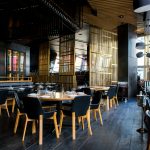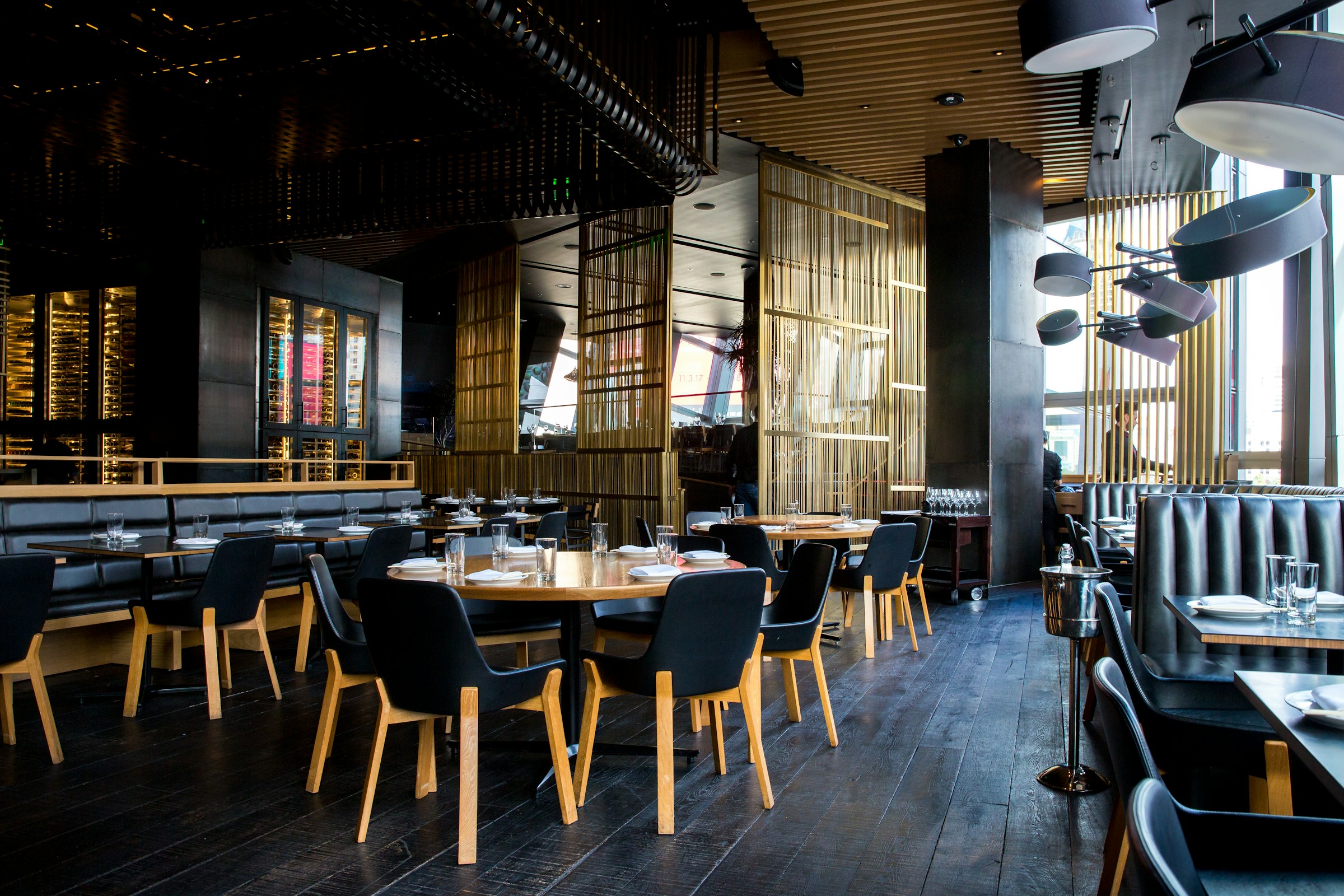A meal at your favorite restaurant should be accompanied by delightful chatter, the clinking of cutlery, and faint background music. This soundscape contributes to the overall dining experience, but when this becomes a cacophony of noise, it can quickly turn from enjoyable to unbearable. Have you ever considered the impact of noise on your restaurant experience? Noise levels in restaurants play a significant role in shaping customer experience and satisfaction.
The Importance of Sound Levels in Restaurants
The dining experience is multi-sensory. It’s not just about the taste of the food, but also the aroma, the presentation, and the ambience, which includes the acoustics of the dining space. Sound plays a vital role in setting the tone of the restaurant and influencing how customers perceive their dining experience.
This might interest you : What are the key factors to consider when sourcing seafood for a sustainable restaurant menu?
In a study involving a large number of participants, researchers found that sound levels were directly correlated with the perception of the quality of food and service. It was observed that as noise levels increased, customers’ perception of the taste and quality of the food declined. Additionally, customers reported feeling rushed by the service when the restaurant was too loud.
In essence, the sound level in a restaurant can significantly impact the customer’s perception of the entire dining experience.
Also to see : What are the advantages of using induction cooktops in professional kitchens?
How Sound Levels Affect Customer Behavior and Satisfaction
You may think that noise would deter customers from frequenting a restaurant. However, we humans have a fascinating way of adapting to our environment. Customers often adjust their behavior and conversation levels based on the sound level in the restaurant.
However, this adaptation comes at a cost. The constant effort to communicate over the noise can lead to strain and discomfort, ultimately affecting satisfaction levels. Excessive noise can even deter customers from returning to the restaurant, impacting its profitability and reputation.
Therefore, maintaining an optimal noise level is crucial for ensuring customer satisfaction and loyalty.
The Role of Acoustic Design in Restaurants
The acoustic design of a restaurant plays a critical role in controlling noise levels. It involves the strategic placement of sound-absorbing materials and structures to reduce noise and improve the overall sound quality within the dining space.
High ceilings, bare floors, and hard surfaces can amplify sounds, creating a clamor that can be overwhelming for customers. In contrast, the use of carpets, curtains, and padded furniture can absorb sound, creating a more comfortable and intimate dining experience.
Proper acoustic design can, therefore, help restaurants create a pleasing atmosphere for their customers, enhancing their dining experience and overall satisfaction.
The Impact of Background Music on Customer Experience
Aside from controlling noise, restaurants also use sound strategically to enhance the dining experience. Background music is a common tool used by restaurants to create a specific mood or ambience.
The choice of music, its volume, and pace can influence customers’ perception of the restaurant and their behavior. Fast-paced music played at high volumes can make customers eat faster, while slow, soft music can make them linger, potentially ordering more food and drinks.
However, striking the right balance is crucial. If the music is too loud, customers may struggle to converse, leading to the same negative impacts associated with high noise levels.
Noise and Hearing Health: The Overlooked Aspect
Beyond customer satisfaction, the noise level in restaurants also has significant implications for hearing health. Prolonged exposure to high noise levels can lead to noise-induced hearing loss, a serious and irreversible condition.
Restaurant staff, who spend large amounts of time in noisy environments, are particularly at risk. However, customers who frequently dine in loud restaurants can also experience negative effects on their hearing health over time.
Therefore, managing noise levels is not just about enhancing the dining experience and customer satisfaction. It’s also a crucial aspect of ensuring the well-being of both customers and staff.
In a nutshell, noise levels in a restaurant can significantly influence the dining experience, customer satisfaction, and even hearing health. It’s high time that restaurants pay attention to their acoustics and aim to deliver a sensory experience that keeps customers coming back for more. As for customers, it’s essential to be mindful of the noise levels in the restaurants you frequent and consider their long-term impact on your dining experience and hearing health.
Noise Management Strategies for Different Types of Restaurants
The type of restaurant and its primary customer base can play a big role in determining the appropriate noise level. A fast-food restaurant or a family-friendly eatery may have higher background noise as it caters to a youthful, energetic crowd. In contrast, a fine dining restaurant or a romantic bistro would likely benefit from a quieter, more serene atmosphere.
Fast-food chains and family restaurants often use loud background music and high noise levels to encourage quick turnover. In these settings, customers are less likely to linger and chat, leading to faster table turnover and higher profits. On the other hand, high-end restaurants favor a quieter ambiance that allows customers to savor their food and enjoy a relaxed conversation.
It’s not just the type of restaurant that matters, but also its location. An outdoor dining area may have higher noise levels due to external factors like traffic noise, while an indoor dining room might be quieter.
Despite these differences, all restaurants should strive to maintain noise levels that are comfortable for their customers. Using sound-absorbing materials, adjusting the volume of music, and strategically arranging the dining area can all help manage noise levels effectively. The aim should always be enhancing the customer experience and ensuring their willingness to spend time and money at the restaurant.
Conclusion – The Bottom Line: Balancing Sound Levels for Optimal Customer Satisfaction
Noise levels in restaurants should never be overlooked. High noise levels can reduce customer satisfaction, affect staff health, and even influence the perception of the food’s taste. On the other hand, strategic use of sound, like well-chosen background music, can enhance the dining experience.
Based on research from google scholar and doi google, managing restaurant noise is critical to customer satisfaction. It’s not about eliminating noise entirely, but about balancing sound levels to create a pleasing ambiance. A well-balanced soundscape can make the dining experience more enjoyable and encourage customers to spend more time and money at the restaurant.
However, it’s not just about the customer. Protecting staff from prolonged noise exposure is crucial. Noise-induced hearing loss is a serious risk for those who spend large amounts of time in noisy environments. To ensure a safe working environment, restaurant owners should adhere to recommended noise level guidelines and consider implementing noise reduction measures.
A dining experience characterized by the right level of noise, pleasing background sounds, excellent customer service and mouthwatering dishes is what keeps customers coming back. In the end, managing noise levels in restaurants is about more than just sound – it’s about creating a positive, memorable dining experience for all.






